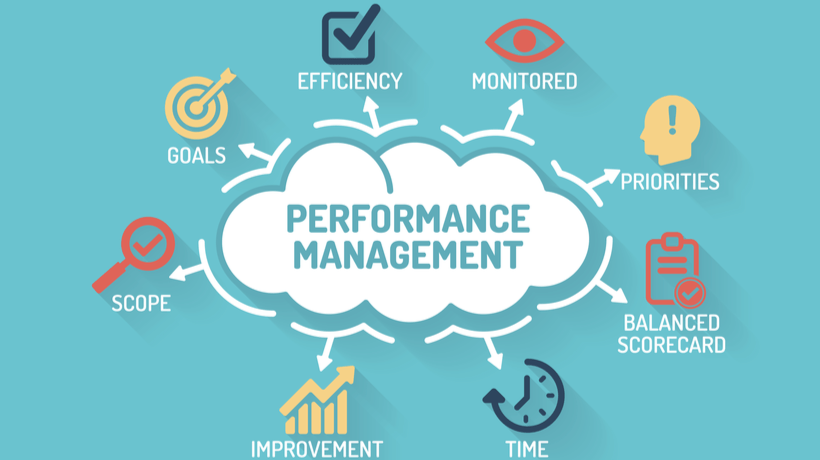The quest of organizational achievement in the ever-changing field of Human Resources is dependent on the skilled orchestration of employee performance. A wide range of performance management methods have emerged, each lending its own unique note to the beautiful song of HR strategy. This article looks thoroughly into these important models, revealing their strengths, weaknesses, and practical applications in order to unearth the secrets of long-term brilliance. Welcome to the Performance Management Playbook!
1. Traditional Performance Appraisal: The Time-Tested Approach
Overview: The traditional performance appraisal model is a classic approach wherein employees receive feedback from their managers on an annual or semi-annual basis. Ratings are often assigned based on achievements, skills, and overall contribution.
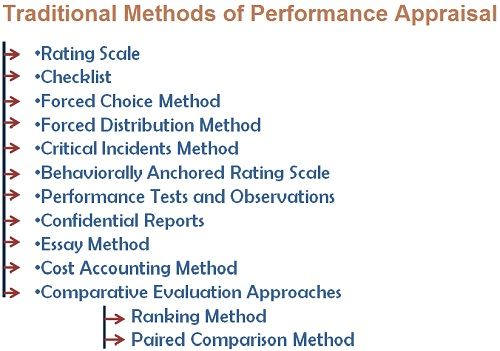
Pros:
- Clarity: A structured process provides clarity on performance expectations.
- Documentation: It creates a comprehensive record of employee performance over time.
Cons:
- Infrequency: The annual cycle can lead to delayed feedback and missed opportunities for improvement.
- Subjectivity: Ratings may be influenced by manager bias and personal opinions.
Example: Many large corporations, such as General Electric, historically utilized traditional performance appraisal models.
2. 360-Degree Feedback: A Holistic Perspective
Overview: The 360-degree feedback model gathers input from multiple sources, including peers, subordinates, and managers. This multi-faceted approach aims to provide a more comprehensive and unbiased view of an employee’s performance.
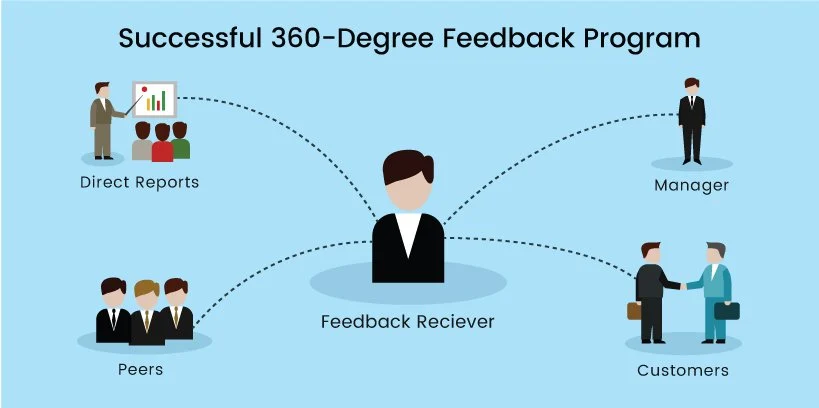
Pros:
- 360-Degree View: Offers a holistic perspective by incorporating feedback from various sources.
- Development Focus: Emphasizes employee development through targeted feedback.
Cons:
- Complexity: Requires effective management of diverse feedback sources.
- Potential Bias: May still be subject to biases and office politics.
Example: Adobe utilizes a 360-degree feedback model to gather insights from various perspectives, fostering a more comprehensive understanding of employee performance.
3. Continuous Performance Management: Real-Time Feedback
Overview: Continuous Performance Management shifts away from annual reviews, promoting ongoing feedback and coaching throughout the year. It emphasizes agility and responsiveness in addressing performance concerns.
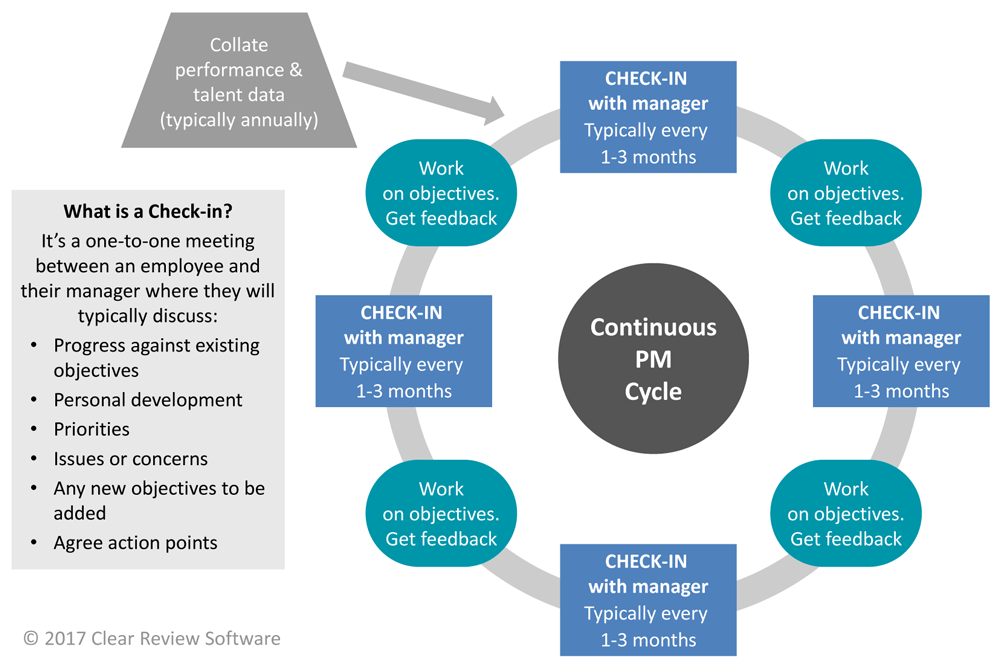
Pros:
- Timeliness: Enables real-time feedback and course correction.
- Employee Engagement: Fosters a culture of continuous improvement and employee engagement.
Cons:
- Resource Intensive: Requires a commitment of time and resources for frequent check-ins.
- Resistance to Change: May face resistance from those accustomed to traditional models.
Example: Microsoft has adopted continuous performance management, emphasizing regular check-ins and ongoing conversations between managers and employees.
4. Objectives and Key Results (OKRs): Goal-Centric Performance
Overview: Objectives and Key Results (OKRs) is a goal-centric performance management model that aligns individual and team objectives with the broader organizational goals. It sets measurable targets and key results to track progress.
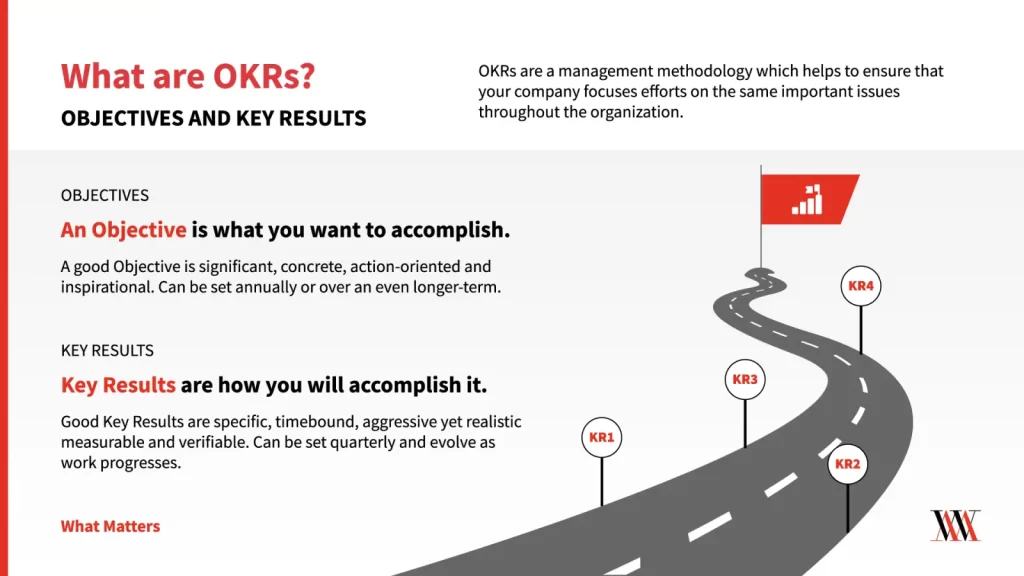
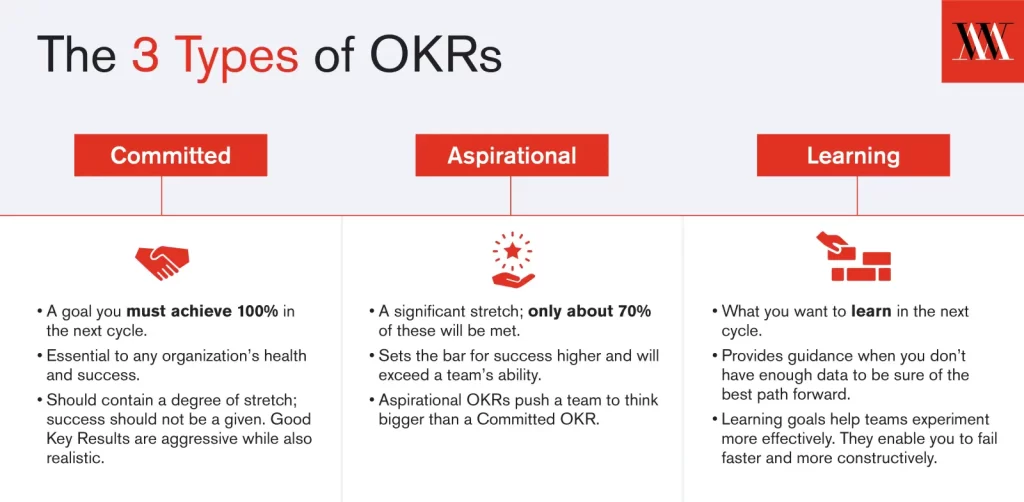
Pros:
- Alignment: Ensures alignment with organizational objectives.
- Measurability: Provides clear metrics for tracking success.
Cons:
- Rigidity: May lack flexibility in adapting to changing circumstances.
- Risk of Short-Term Focus: Employees may prioritize short-term goals at the expense of long-term objectives.
Example: Google is renowned for adopting OKRs to drive innovation and goal alignment across its diverse teams.
5. Balanced Scorecard: A Comprehensive Business Approach
Overview: The Balanced Scorecard model goes beyond individual performance metrics, incorporating financial, customer, internal process, and learning and growth perspectives. It aims to balance various aspects of organizational performance.
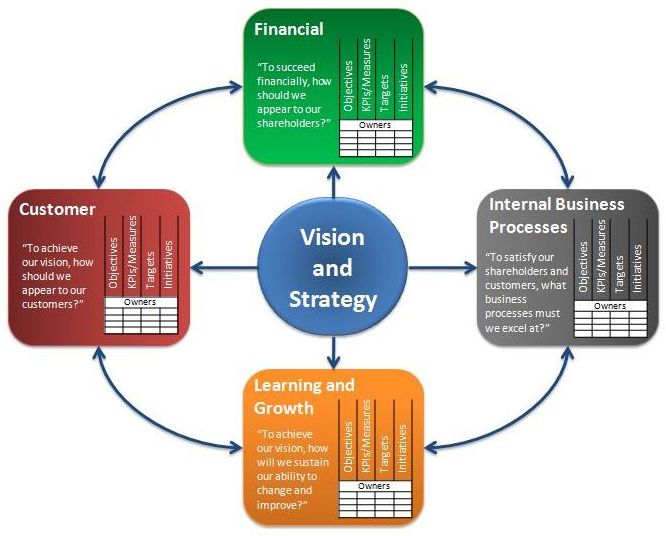
Pros:
- Holistic View: Considers multiple facets of performance.
- Strategic Alignment: Aligns performance metrics with strategic goals.
Cons:
- Complex Implementation: Requires significant effort in developing and maintaining the scorecard.
- Data Overload: The abundance of data may lead to information overload.
Example: Kaplan and Norton’s Balanced Scorecard has been implemented by organizations like Siemens to align performance with strategic priorities.
Conclusion:
The realm of performance management in HR is diverse, offering organizations a range of models to choose from based on their unique needs and cultures. While each model has its strengths and weaknesses, the key lies in selecting, customizing, and implementing a model that aligns with the organization’s objectives and nurtures a culture of continuous improvement. As the HR landscape continues to evolve, organizations can leverage these diverse performance management models to navigate the path to excellence and cultivate a high-performance culture that propels them toward success.







